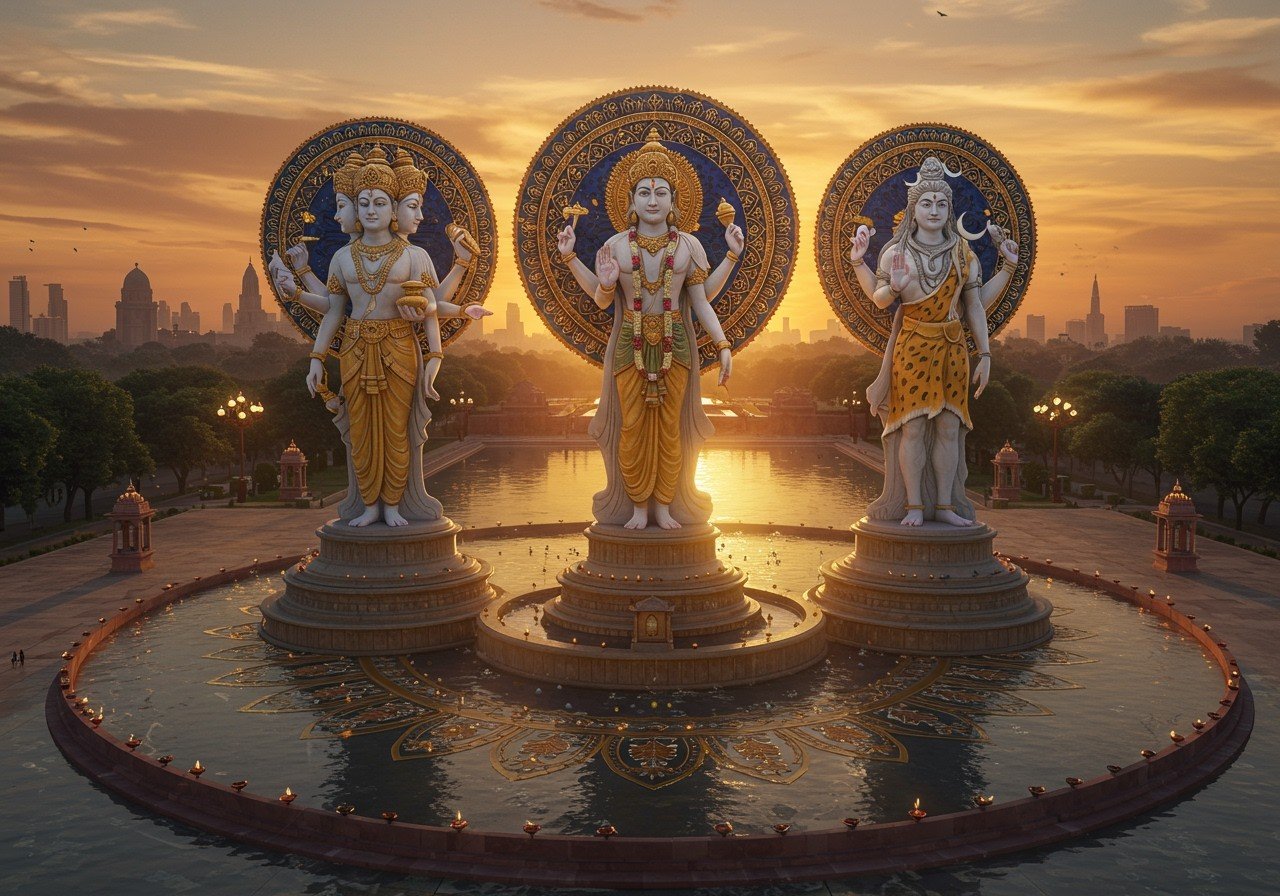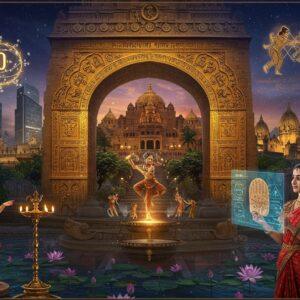
Teen Murti Haifa Chowk, a prominent roundabout in New Delhi, stands as a testament to India’s rich history and enduring cultural heritage. This guide delves into the significance of this iconic landmark, exploring its historical background, cultural importance, architectural marvels, and its place in contemporary Delhi.
Historical Background
Teen Murti Haifa Chowk’s history is deeply intertwined with India’s journey to independence and its role in World War I. Originally known as Teen Murti Chowk, it was renamed in January 2018 to Teen Murti Haifa Chowk, commemorating the Indian soldiers who fought in the Battle of Haifa during World War I. This renaming also symbolizes the friendship between India and Israel, honoring the city of Haifa.
The chowk is situated in front of Teen Murti Bhavan, built in 1930. It initially served as the residence of the Commander-in-Chief of the British Indian Army. Post-independence, it became the residence of India’s first Prime Minister, Jawaharlal Nehru, adding another layer of historical significance to the site. The Teen Murti Memorial, inaugurated in 1924 by Lord Reading, then Viceroy of India, features three bronze statues. These statues honor the Hyderabad, Jodhpur, and Mysore Lancers, who were part of the 15th Imperial Service Cavalry Brigade that fought valiantly in World War I.
Cultural Significance
Teen Murti Haifa Chowk has evolved into a vital cultural hub in Delhi. It serves as a gathering space for various community events and celebrations. The chowk resonates with locals and tourists alike, acting as a meeting point and a place for shared experiences. The landmark has also inspired artistic representations in literature, music, and film, showcasing its cultural relevance. Moreover, the chowk holds spiritual significance for many, hosting religious practices and offering a space for reflection and prayer.
Personal stories from locals highlight the chowk’s unique role in their lives, whether as the backdrop for childhood memories or a significant life event. These narratives weave a rich tapestry of community and shared identity, solidifying Teen Murti Haifa Chowk’s place in Delhi’s cultural consciousness.
Architectural Marvels
The architecture of Teen Murti Haifa Chowk is a captivating blend of styles, influenced by various historical periods. The craftsmanship displayed in the bronze statues, created by British sculptor Leonard Jennings, showcases intricate detailing and artistic finesse. Ongoing preservation efforts ensure the structural integrity and historical authenticity of the chowk and the Bhavan are maintained. This dedication allows current and future generations to appreciate its unique architectural beauty. The design of Teen Murti Haifa Chowk serves as a reminder of Delhi’s architectural evolution, reflecting the city’s dynamic aesthetic through time.
Teen Murti Haifa Chowk in Contemporary Delhi
In modern Delhi, Teen Murti Haifa Chowk continues to play a dynamic role. It functions as a vibrant hub for social and cultural activities, attracting both locals and tourists. Its presence contributes significantly to the local economy through tourism and by supporting surrounding businesses. Balancing urban development with preserving this historic site presents a challenge, but civic initiatives and community involvement aim to protect its heritage while meeting contemporary needs.
The chowk serves as a bridge between Delhi’s past and present. Its presence in the bustling urban landscape offers a reminder of the city’s rich heritage and enduring traditions.
Visiting Teen Murti Haifa Chowk
Visiting Teen Murti Haifa Chowk offers a rewarding experience. The landmark is easily accessible through various modes of transportation. Mornings or late afternoons are ideal for exploring the site comfortably. Consider enhancing your visit by exploring nearby attractions, such as Akshardham Temple or Chhatarpur Temple, which provide further insights into Delhi’s vibrant culture. Guided tours or cultural walks can deepen your understanding of the chowk’s history and significance. Local eateries and shops near Teen Murti Haifa Chowk offer a chance to savor authentic Delhi cuisine and browse traditional crafts, immersing yourself in the local culture.
Poojn.in: Supporting Your Spiritual Journey
At Poojn.in, we offer a wide selection of spiritual and religious items, including murtis, incense, and other puja essentials. Enhance your spiritual practices with authentic and high-quality products from India’s leading cultural goods store.
Embracing the Legacy
Teen Murti Haifa Chowk represents more than just a historical landmark; it embodies Delhi’s vibrant cultural heritage. As a beacon of tradition, it seamlessly connects the past and present, inviting everyone to experience its timeless appeal. Whether drawn to its architectural grandeur or its lively atmosphere, visitors gain a unique perspective on Delhi’s essence. Its stories of history and resilience underscore the significance of preserving cultural landmarks. By exploring Teen Murti Haifa Chowk, you contribute to its enduring legacy, ensuring it continues to motivate and connect generations to come.


